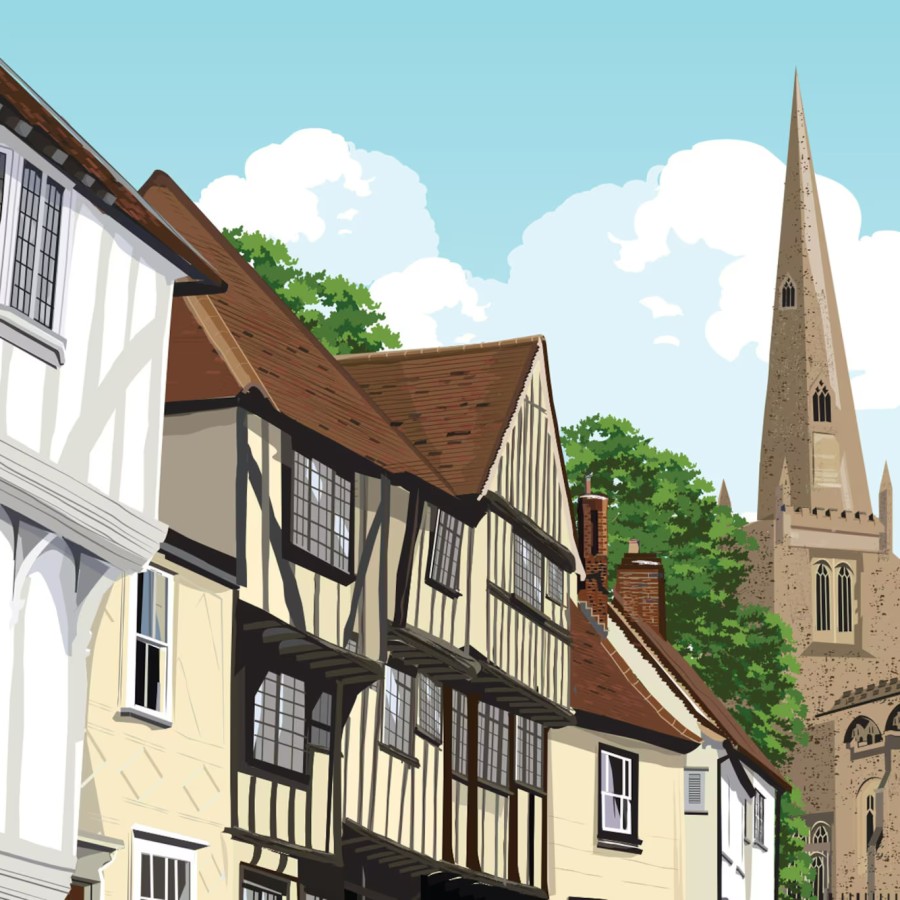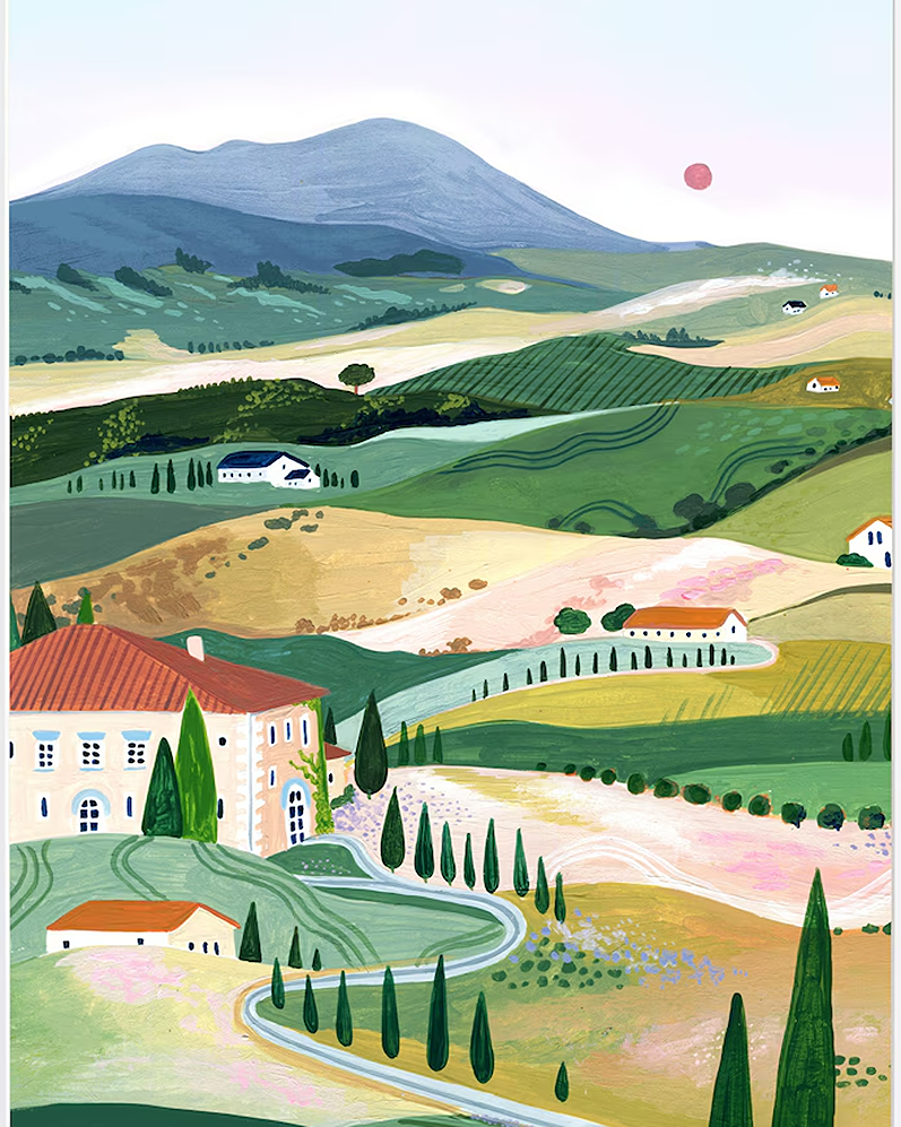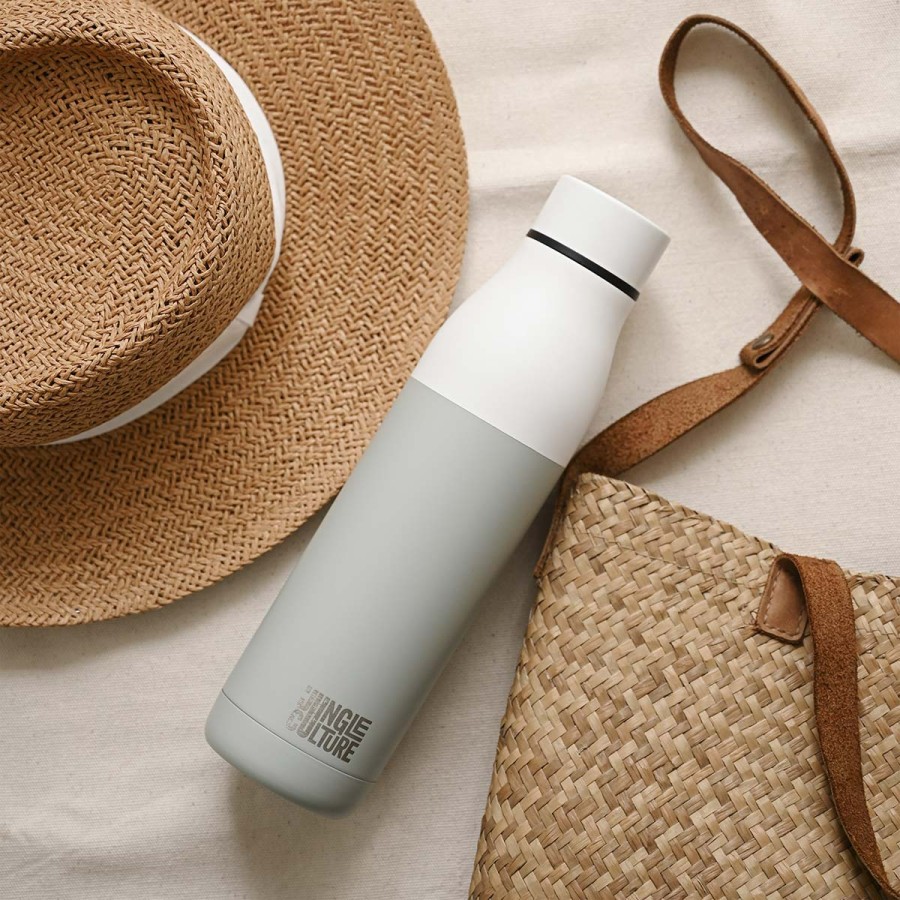
Historic England features an up-to-date list of all listed buildings in England and how to care for them. It also offers grants including to repair heritage buildings and war memorials. This also helps birds, by preserving ancient facades and not replacing them with glass which causes bird strike. Never place plants facing outside from indoor windows. There are plenty of solutions like closing blinds and using task lights, and using ‘bird-friendly glass’ with UV patterns that they can see (and we can’t). Learn more on how to stop birds flying into windows.
a glazing alternative for heritage homes
CosyGlazing is a unique and affordable lightweight alternative to glass, which as it’s easy to remove, is usually approved for use on ancient sash windows, to reduce heat loss by around 70%. It can also reduce noise (one client had it installed, as he lived near Heathrow airport!) The company is based on Devon but has teams nationwide who can supply CosyGlazing to your home or business. This company also has a method to reduce condensation in Victorian fireplaces that can suck up damp air and replace with fresh clean dry air, for just £50 a year.
This advanced secondary glazing system was developed and tested over seven years to be elegant, effective and unobtrusive. It uses plexiglass (used in the aeronautical industry) to add a second layer to period windows, without having to lose your original windows. Perfect for sash windows and listed properties, it can reduce heat loss from single-glazed windows by 70%, and fits to nearly all types of windows (and you can still open them as usual).
Approved for Grade 1 and Grade 2 listed buildings (as it’s reversible and invisible from outside), CosyGlazing can occasionally be removed for cleaning, as it’s fixed with high-tech magnetic strips (the same type that are used to hold the windows on London’s The Shark building). They can supply in white or wooden frames to match your property, and even paint to match existing windows.
Plexiglass is both stronger than glass and shatterproof, and is also seven times more insulating. It scuffs a little easier, but this is easily polished out and can also reduce (but not eradicate) condensation.
The company was founded by Mitchell & Dickinson. Mukti is son of the well-known ecological writer Satish Kumar (founder and editor of Resurgence magazine). This is likely England’s top expert on ‘how to bring your carbon and bills down’. His website Carbon Savvy has taster, intermediate and full-blown carbon calculators that you can work your way through. He once built his own solar boat and sailed it around the British isles to show it could be done. Here’s what he thinks about energy and old buildings:
With a third of UK emissions caused by heating draughty buildings, we’re in dire need of a retrofitting revolution. Britain has 27 million homes, so if we knocked them all down and built new ones, it would take 270 years. Our old buildings are also an important part of our national heritage and beauty. Retrofitting insulation gives people jobs, is far less expensive and uses fewer new materials. Can you imagine how many trees it would take, to rebuild 270 million windows? Insulation can save owners of older homes over £1000 a year.
Ambitious Mukti even wants to insulate Buckingham Palace and Paul (Dickinson) wants to tackle National Trust buildings. And together they also wish to help churches and other places of unique architecture to save on energy and bills.
Old House Handbook is a guide to repairing old houses, written with The Society for the Protection of Ancient Buildings (which has a free advice line). The main issue is damage of old buildings is damp, which reduces heating by 30%, so check during or after heavy rainfall (signs include discoloured or streaking walls, or green stains near rainwater fittings). Bleeding radiators can help energy efficiency, as can sweeping chimneys (reduces risk of fires).
Many listed buildings have thatched roofs, which use a skilled method that 40 years with good maintenance (also a good insulator). Pretty safe if you follow fire prevention advice – do regular chimney checks, mend cracked bricks and follow log-burner fire safety advice. Never light bonfires or release fire lanterns nearby (read tips to prevent thatched roof fires).
choosing natural paints for heritage buildings
The Organic Natural Paint Co offers tips (heritage buildings are limited by law to colours like white, cream, sage, muted blue, warm reds and browns, plus deep frey and black for ironwork). Linseed paints seep into wood but don’t use near heat and soak everything in water, as it’s highly flammable. Lifetime Wood Treatment (also sold in UK) is a nontoxic alternative to creosote.
protect native wildlife in heritage buildings
Wildlife often likes to nest or hibernate in old buildings, so leave them be and don’t knock anything down before renovation work (hoglets don’t leave nests until at least 8 weeks after birth, anytime from summer to autumn). It’s illegal to disturb nests of birds (including crows and gulls) and bats. Read more at The Barn Owl Trust and Bat Conservation Trust
Contact Bats in Churches for help, if they’ve landed in your parish! There is almost zero risk to congregations of disease. The organisation works with architects, bat ecologists and heritage professionals to create bespoke solutions to do any work, without harming bat populations. Download church cleaning advice to remove bat droppings and urine, without harm to bats.
Mouse Mesh is a metal grille (don’t cover gas vents and keep clear of leaves). It deters mice from entering homes (with a thicker version for rats). Plant lavender, rosemary, thyme and peppermint (rats dislike the scents).






